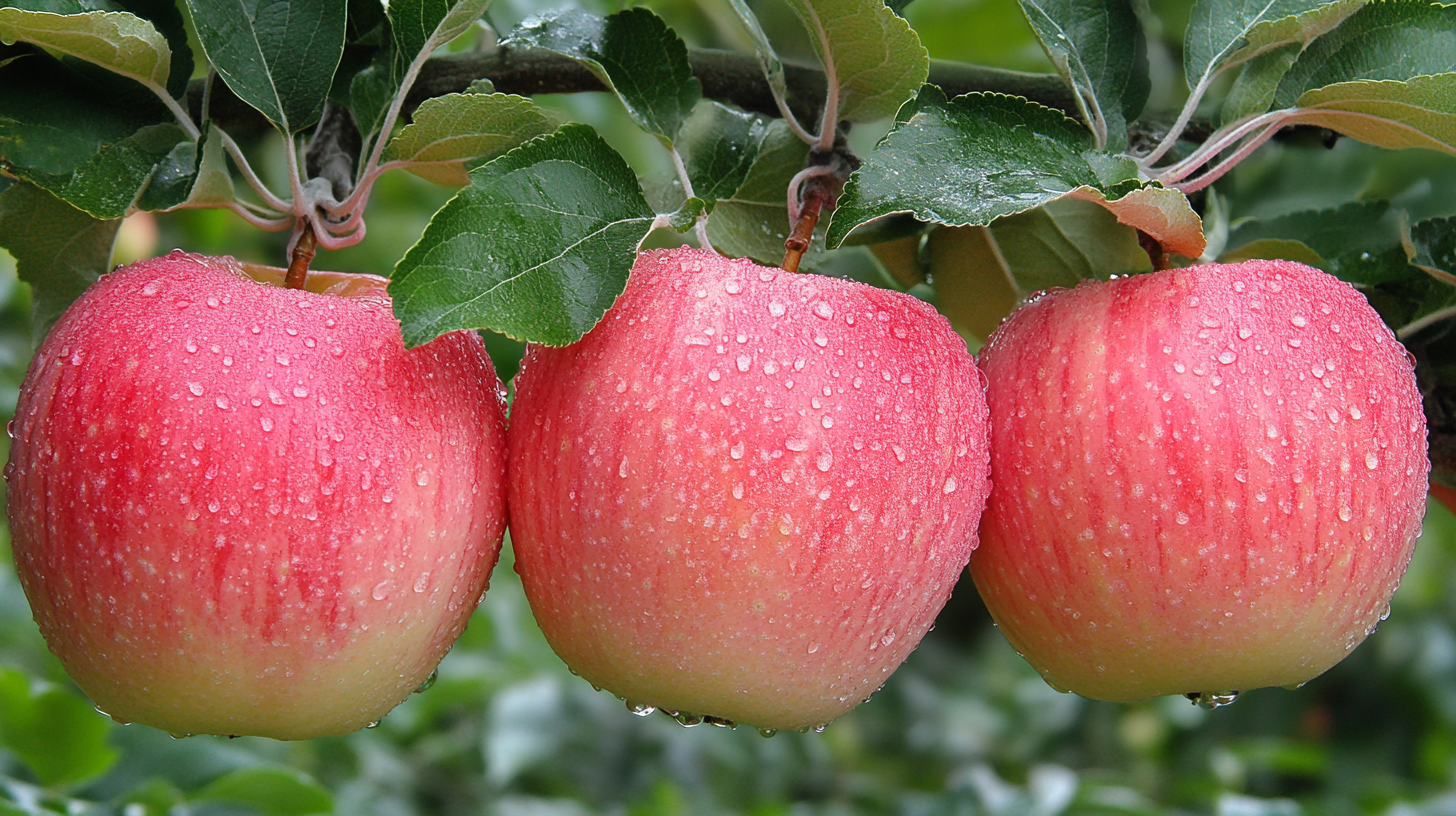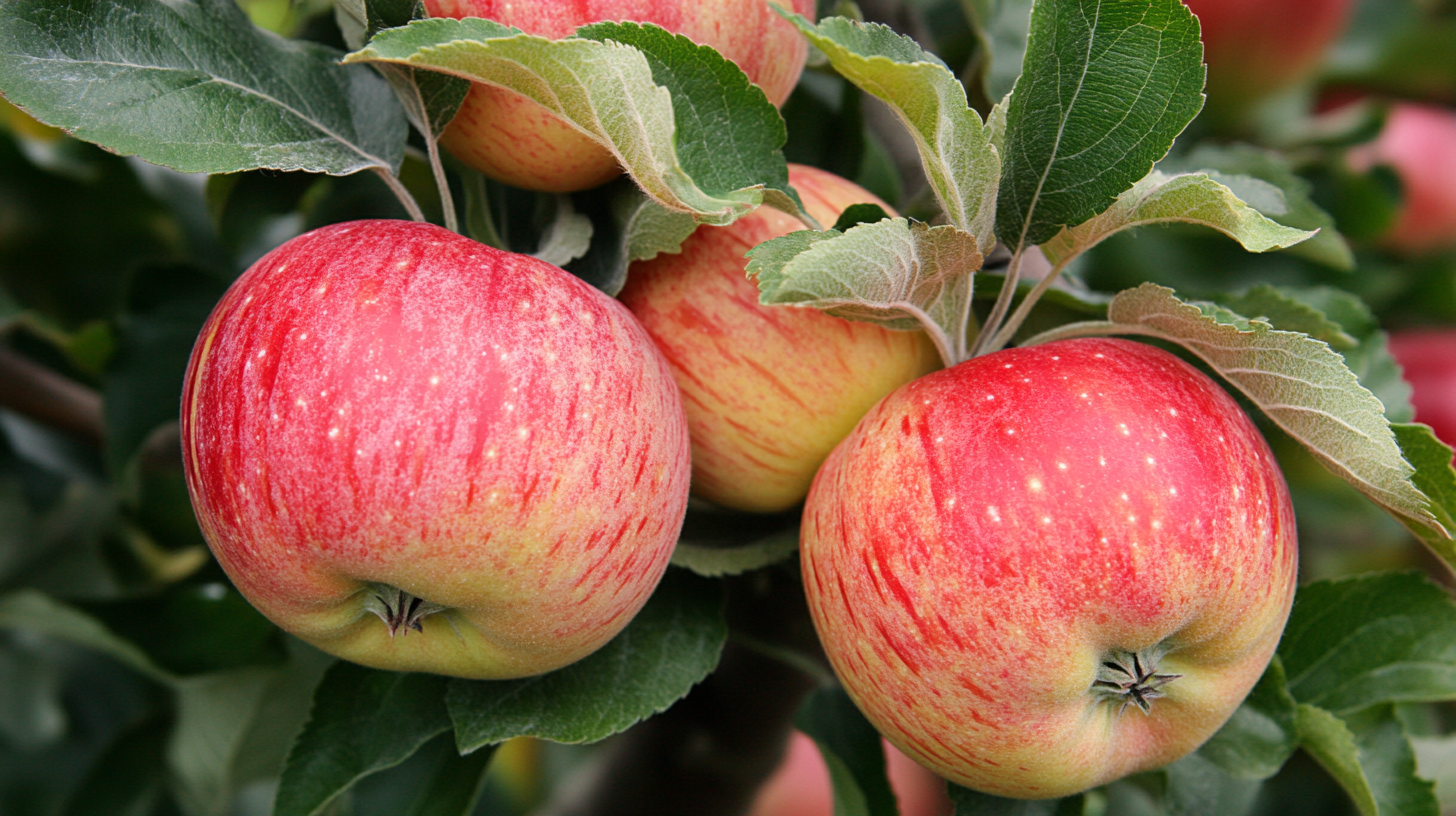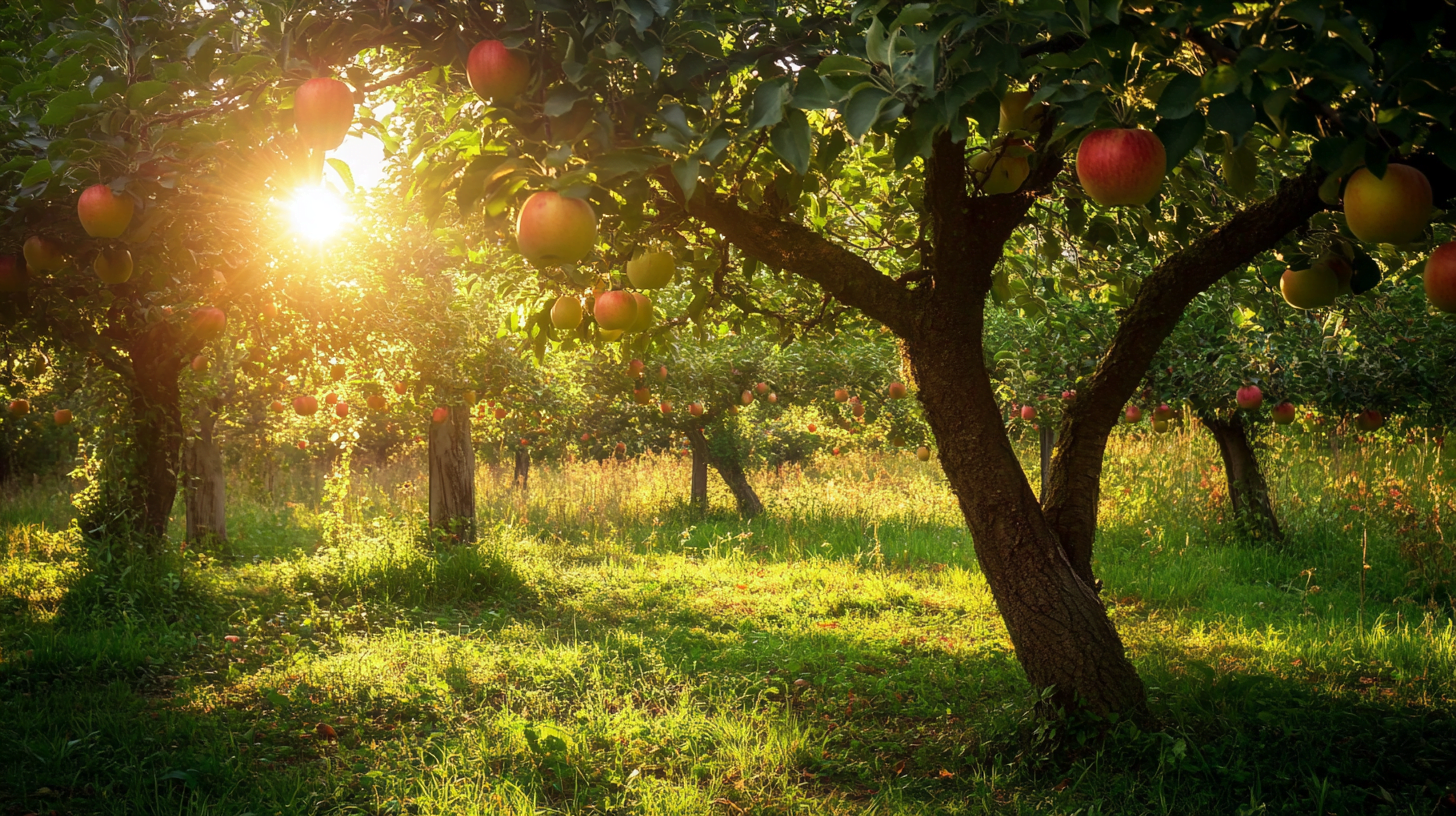Beautiful Plants For Your Interior
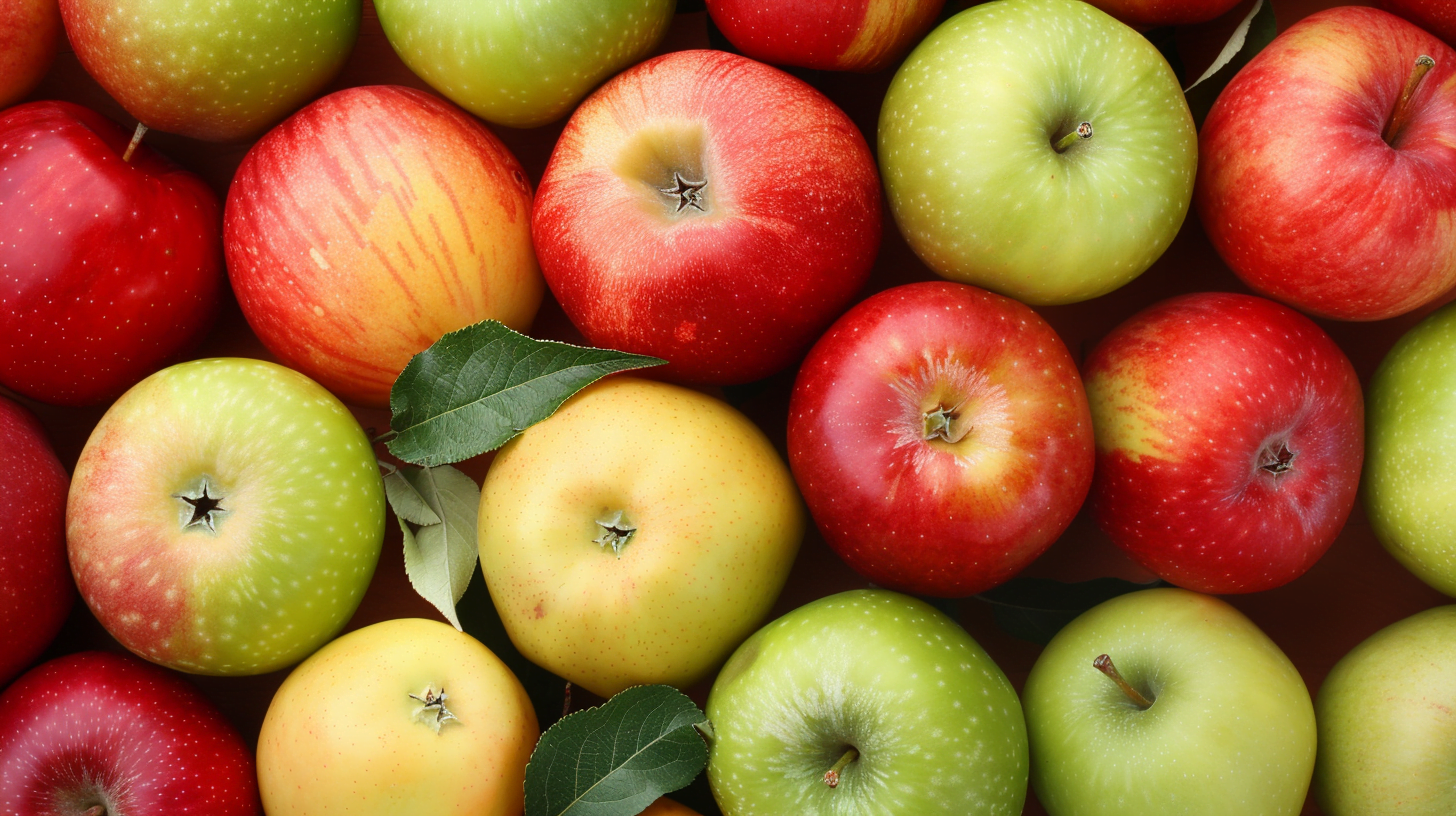
Table of Contents
Apple Tree Varieties
Selecting the right apple tree varieties is essential for any home orchard enthusiast. With a multitude of options available, understanding the diversity and disease resistance of different apple tree types can aid in creating a thriving and productive garden.
Diversity of Apple Varieties
The diversity among apple tree varieties is vast, offering a range of flavors, textures, sizes, and colors that cater to different preferences and uses. From sweet to tart, apples can be enjoyed fresh off the tree, cooked into desserts, or processed into juices and ciders. Each variety has its own unique taste profile and culinary suitability, which makes exploring different types a delightful experience for any apple aficionado.
To further enhance the diversity of your home orchard, consider incorporating both early and late-harvest apple trees. Early harvest varieties offer the joy of fresh apples sooner in the season, while late-harvest types provide a prolonged picking period and can often be stored for extended periods, ensuring a continuous supply of apples throughout the year.
Disease-Resistant Apple Trees
Disease-resistant apple trees have become increasingly popular due to their ability to withstand common apple-related diseases, leading to healthier trees and more abundant harvests. These varieties are developed by apple breeders through crossbreeding, selecting traits that offer resistance to diseases such as cedar apple rust, apple scab, and fire blight (Stark Bro’s).
Here are some notable disease-resistant apple tree varieties:
- Liberty Apple Tree: Known for its robust resistance to scab, cedar apple rust, mildew, and fireblight. This variety is low-maintenance and ideal for those looking for a hassle-free growing experience (Mehrabyan Nursery).
- Enterprise Apple Tree: Produces red apples that are not only disease-resistant but also have a long shelf life, remaining fresh for up to six months when stored properly (Mehrabyan Nursery).
- Pristine Apple Tree: This variety is particularly resistant to scab and is a perfect choice for those who enjoy making apple sauce or apple pie during the summer months (Mehrabyan Nursery).
- Pixie Crunch Apple Tree: Offers resistance to scab and yields sweet, crispy apples suitable for both baking and fresh consumption (Mehrabyan Nursery).
For those looking to cultivate these disease-resistant varieties, it’s important to remember that while they are less susceptible to certain diseases, proper apple tree care practices, such as pruning and the application of organic treatments, should still be observed to maintain overall tree health. Additionally, smaller garden spaces can benefit from dwarf apple trees, which offer the same quality of fruit but require less space.
Understanding the diversity and disease resistance of apple tree varieties allows for a more informed selection process, ensuring that your home orchard is well-suited to your environment and personal preferences. With the right knowledge and care, you can enjoy a bountiful harvest of delicious apples from your very own backyard. For more detailed guidance on planting and nurturing these varieties, explore our comprehensive guide on how to plant apple trees and enjoy the blossoming beauty of apple tree blossoms come springtime.
Planting Apple Trees
Planting apple trees can be a rewarding long-term investment for mid-age homeowners who delight in the prospect of harvesting home-grown apples. Understanding the methods of propagation, the importance of pollination for fruit production, and the spatial requirements for these trees is essential for a thriving orchard.
Grafting vs. Seed Planting
Apple trees are predominantly established through two methods: grafting and seed planting. Grafting involves attaching a scion, or young shoot, from a desired apple variety onto a compatible rootstock, which determines the tree’s size and vigor. Trees produced by grafting typically bear fruit within a few years, which is much sooner than trees grown from seeds Fast Growing Trees. Seed planting, while an alluring concept, can yield unpredictable results because apple seeds do not produce true-to-type varieties. For this reason, aspiring orchardists often opt for grafted trees to ensure consistency and quality of the produce.
For further guidance on grafting techniques, refer to our article on how to plant apple trees.
Pollination and Fruit Production
Pollination is a critical factor in fruit production for apple trees. Most apple tree varieties are not self-fertile; they require the presence of another variety for cross-pollination. This means planting at least two different apple tree varieties in proximity is recommended to facilitate pollination and fruit set Hardy Fruit Trees. The trees should be within 100 feet of each other to allow for adequate pollen transfer, often facilitated by bees and other pollinators Stark Bro’s.
For homeowners with limited space, self-pollinating apple varieties may be a viable option. These trees can bear fruit independently, although having a pollination partner can increase yield. Our website provides a filter to help users select self-fertile apple tree varieties suitable for their planting constraints Hardy Fruit Trees.
Tree Sizes and Spacing
Apple trees are available in various sizes, from the majestic full-size trees to compact dwarf apple trees that reach heights of 8-10 feet. The size of the apple tree will affect how much space is needed between each tree:
| Tree Type | Size (height) | Recommended Spacing |
|---|---|---|
| Dwarf | 8-10 feet | 10-12 feet |
| Semi-Dwarf | 12-15 feet | 15-20 feet |
| Standard | Over 15 feet | 25-30 feet |
The size of the planting area should be evaluated to determine the best variety and size of the apple trees to plant. It is also important to consider the growth potential and root system of the tree to avoid overcrowding and ensure adequate access to sunlight and nutrients Fast Growing Trees.
With the right planning and care, including the use of pruning apple trees techniques, homeowners can successfully cultivate apple trees that not only beautify their outdoor space but also provide a bounty of delicious fruit for years to come.
Growing Conditions for Apple Trees
For home gardeners looking to cultivate apple tree varieties, understanding the growing conditions is essential. Apple trees have specific needs in terms of chill hours, climate, sunlight, and soil that must be met for them to thrive and produce fruit.
Chill Hours and Seasonal Needs
Apple trees require a certain number of chill hours each year to break dormancy and maintain regular growth patterns. Chill hours are the cumulative time that temperatures remain between 32 and 45 degrees Fahrenheit. Temperatures below freezing do not contribute to chill hours, and any time the temperature rises above 60 degrees, it must be subtracted from the chill hour total. This chilling requirement varies among apple tree varieties and is critical for the timing of apple tree blossoms (Epic Gardening).
Suitable Climate and Hardiness Zones
Most apple trees flourish in regions that experience distinct, cold winters. They are generally unsuitable for growing in areas warmer than USDA hardiness zone 8. To ensure your apple trees have the best chance to bear fruit, it’s important to choose varieties that are appropriate for your local climate and winter conditions (Epic Gardening).
Sunlight and Soil Requirements
Apple trees perform best when planted in locations that receive full sun, which equates to at least 6-8 hours of sunlight daily during the growing season. Adequate sunlight is vital not only for fruit production and quality but also for helping to prevent fungal diseases that can thrive in shadier, more humid environments (Stark Bro’s).
The soil where apple trees are planted should have good drainage to prevent waterlogged roots, which can lead to stress and disease in the tree. While native soil should not be heavy clay or excessively sandy, apple trees can be grown in containers or raised beds if native soil conditions are suboptimal. For container planting, ensure that the container accommodates the tree’s root system adequately. For raised beds, they should be at least 12 inches deep and have proper drainage.
To maintain optimal growing conditions, regular care practices such as pruning apple trees and selecting disease-resistant varieties are also important. Gardeners who may not have the space for full-sized trees can consider dwarf apple trees, which are more compact but still produce abundant fruit. By meeting these growing conditions, you can help ensure a healthy and fruitful apple tree that can be enjoyed for many years.
Popular Apple Varieties
The range of apple tree varieties is vast, each with its own unique taste, texture, and utility. Homeowners and garden enthusiasts can select from a plethora of options based on personal preference for sweetness, tartness, or specific use cases like baking or fresh eating.
Sweet vs. Tart Apples
Apple varieties can be broadly categorized into sweet and tart flavors. Sweet apples are characterized by higher natural sugar content, making them ideal for snacking or pairing with savory dishes. Conversely, tart apples have higher levels of malic acid, offering a sharper flavor that can enhance the taste of baked goods and can be beneficial for health, including skin and oral wellness.
| Sweet Apple Varieties | Tart Apple Varieties |
|---|---|
| Fuji | Granny Smith |
| Honeycrisp | Pink Lady® |
| Ambrosia™ | Braeburn |
| Gala | McIntosh |
| Golden Delicious | Jonathan |
| Red Delicious | Empire |
Data sourced from Stemilt
Unique Apple Varieties
Among the unique apple varieties, the Cosmic Crisp® stands out for its balanced sweet-tart flavor and versatility. It is suitable for a variety of uses, from snacking to baking. Another noteworthy variety is the SweeTango®, known for its ideal sweetness, tanginess, and crisp texture, which pairs well with cheeses.
These unique varieties are not only a delight for the palate but also add a touch of diversity to one’s home orchard. Their distinct flavors and textures allow for creative culinary applications, satisfying a wide range of tastes.
Self-Pollinating Varieties
While many apple varieties require cross-pollination to bear fruit, some are self-pollinating, making them perfect for smaller gardens or as a single specimen in a yard. Self-pollinating varieties still benefit from the presence of another apple variety for more abundant fruit production. An understanding of the pollination needs is crucial when planning an apple orchard, whether for expansive or compact spaces.
The choice of apple variety may also influence other aspects of care, such as pruning apple trees and managing growth patterns, especially in dwarf apple trees. For more information on how to plant and care for these varieties, readers can explore guides on how to plant apple trees and appreciate the beauty of apple tree blossoms.
By considering the unique characteristics of these popular apple varieties, homeowners can make informed decisions that cater to their individual preferences and conditions, ensuring a bountiful and satisfying harvest.
Best Practices for Apple Tree Care
Proper care and maintenance are essential for the health and productivity of apple trees. This section offers guidance on cross-pollination, harvest timing, and selection of disease-resistant apple tree varieties.
Cross-Pollination Tips
Cross-pollination is a critical factor in the fruit production of apple trees. For optimal results, it’s recommended to have at least two different apple tree varieties within 100 feet of each other to ensure adequate pollination (Stark Bro’s). Here are some tips to enhance cross-pollination in your orchard:
- Select varieties that bloom at the same time to ensure that the flowers are open and receptive together. This synchronization is crucial for effective pollination (The Spruce).
- Consider the presence of pollinators such as bees and encourage their activity by avoiding the use of pesticides during blooming periods.
- For gardens with limited space, choose self-pollinating apple tree varieties that can bear fruit independently, although having another variety nearby can often enhance yield (Stark Bro’s).
Harvest Timing and Selection
Knowing when to harvest apples is vital for enjoying the fruits at their peak flavor and texture. The harvest time can vary depending on the variety of the apple tree. Here are some indicators for the right time to harvest:
- Observe the color of the apples. Most varieties show a background color change from green to yellow, indicating maturity.
- Taste a few apples for sweetness and texture.
- Check the firmness of the apples; they should be firm but not too hard.
Additionally, keep a record of blooming and harvest times to plan for future seasons. Proper timing of harvest is not only important for immediate enjoyment but also affects the storage life of the apples.
Disease-Resistant Varieties
Selecting disease-resistant varieties can reduce the need for chemical treatments and simplify tree care. Here are some varieties known for their resistance to common apple tree diseases:
- Liberty: Resistant to apple scab, cedar apple rust, fire blight, and mildew.
- Enterprise: Resistant to apple scab, cedar apple rust, and fire blight.
- Freedom: Resistant to apple scab, cedar apple rust, fire blight, and mildew.
Incorporating disease-resistant varieties into your orchard can lead to a healthier environment and a more bountiful harvest. Regular care practices such as pruning apple trees and monitoring for pests are also important for maintaining the health of your apple trees.
By following these best practices for apple tree care, including cross-pollination, harvest timing, and selecting disease-resistant varieties, you can enhance the vitality and productivity of your apple trees. Whether you cultivate dwarf apple trees or full-sized varieties, these methods will help ensure a delightful harvest of delicious apples for years to come. For more information on planting and caring for apple trees, visit our guide on how to plant apple trees and learn about the beauty of apple tree blossoms.
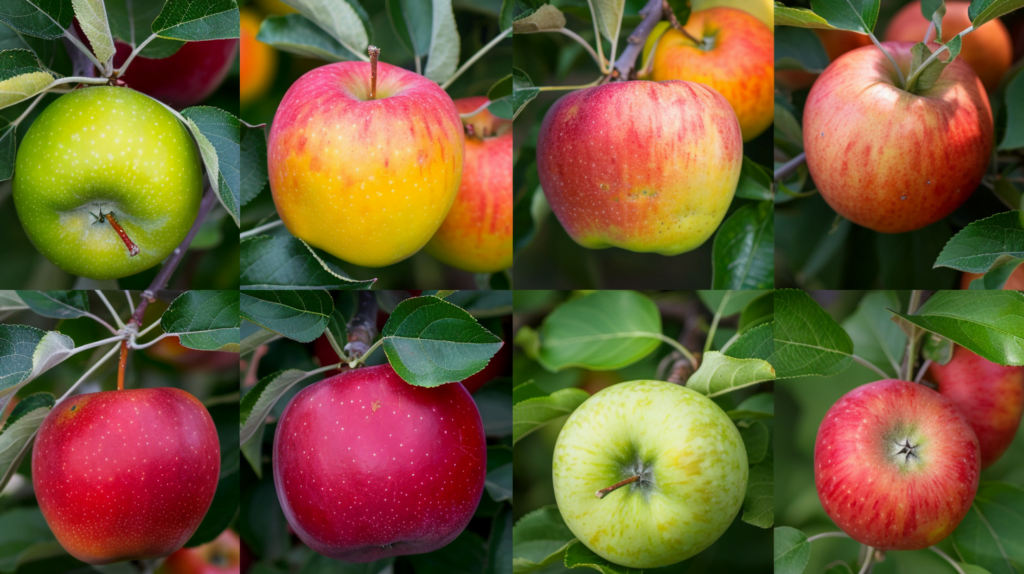
Cultivating Apple Trees
Cultivating apple trees is a rewarding experience that requires understanding the techniques and factors that influence the growth and quality of the apples. Whether you are looking to grow apple tree varieties for personal enjoyment or commercial purposes, there are several key aspects to consider.
Grafting Techniques
Grafting is a common practice in apple tree cultivation, particularly for propagating specific varieties. This method involves fusing a shoot, or scion, from the desired apple tree onto a rootstock of another tree. The shoot will continue to grow and produce fruit identical to the parent tree from which it was taken. Here’s how it works:
- Choose a vigorous scion from a healthy tree with the desired apple characteristics.
- Select a compatible rootstock that matches the desired size and growth attributes of the new tree.
- Cut the scion and rootstock to create a clean graft union.
- Join the two pieces together and secure them in place.
- Monitor the graft site for proper healing and growth.
By grafting, growers can ensure the branch with the grafted shoot will bear apples of the chosen variety (Quora).
Root System Impact
The root system of an apple tree plays a critical role in its overall health and productivity. Apple trees that grow on their own roots are typically more robust, with greater resistance to environmental stresses like drought and cold temperatures. Conversely, grafted trees may be more susceptible to such challenges. Here are some impacts of the root system:
- Root depth and structure influence water and nutrient uptake.
- Rootstock variety affects the tree’s growth rate and eventual size, such as with dwarf apple trees.
- The resilience of the tree to pests and diseases can be improved by selecting the right rootstock.
Understanding the root system’s influence can guide gardeners in how to plant apple trees for the best chance of success.
Quality Factors in Apple Growing
The quality of the apples produced by a tree is affected by a myriad of factors, including but not limited to sunlight, climate, soil conditions, and care practices such as pruning apple trees. Commercial growers invest considerable resources to ensure high-quality yields, but home gardeners can also achieve superior results by attentively managing their trees. Consider these factors:
- Sunlight: Apple trees require full sun to produce the best fruit.
- Pollination: Most apple varieties need cross-pollination to bear fruit, necessitating the presence of multiple trees blooming simultaneously.
- Climate and Hardiness: Different apple varieties are suited to different climates and USDA hardiness zones.
- Rootstock: The choice of rootstock affects not only the size of the tree but also the time until fruit production. Dwarfing rootstocks are often preferred for home gardens due to their manageable size and shorter time to fruit-bearing.
- Care Practices: Regular maintenance, including proper watering, fertilization, and pest management, is crucial.
By considering these factors and dedicating time and care to their apple trees, cultivators can enjoy the fruits of their labor with a bountiful harvest of high-quality apples.
